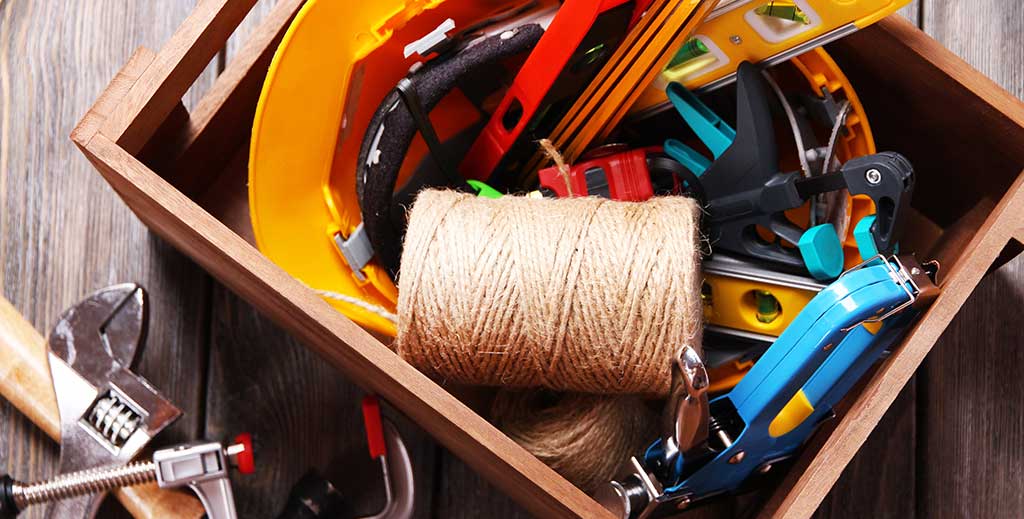Indiscriminating Gravity
Have you ever wondered how electricity works and how it always finds the right time to take advantage of the weakest link in the system? It is constantly searching for an opportunity to let you know that it’s there and it is more than willing to bite you if you do not have all of the safeguards in place before you decide to work with it.
The same principle applies when it comes to working at heights and readying yourself to do battle with the forces of gravity. The forces of gravity are always searching for the right time and place to pull you just as quickly as it can back down to earth. Make sure that you have all of the right equipment to safeguard you in the event that gravity wants to play with you.
Fall arrest:
• Limits free fall to within 2 vertical metres of the initiation point which reduces force by decreasing fall distance
• Consists of a(n)
– Lanyard: A device made of rope, wire or nylon strap used to connect the individual to an
anchorage point and stop the individual in the event of a fall
– Anchorage Point: A secure point of attachment for lifelines, lanyards or deceleration devices
– Full Body Harness
– Attachment Strap
Lanyards must:
_ Be inspected prior to use
_ Be protected against being cut or abraded
_ Have a minimum breaking strength of 2270kg
_ Be the appropriate length
_ Be attached to an anchorage not to itself
Being prepared and having the proper training is the key to success when it comes to fall protection. Whether it is the use of guardrail systems, safety netting, or personal fall arrest systems, training is the key.
It only takes you a half of a second to realize that you are falling. During that half second you have already fallen 7 feet and are at a speed of 15 miles per hour. Given another second and a half you have increased your speed and distance to 65 feet and a speed of 45 miles per hour. This is not a very large time frame to rethink what you have tied off to for an anchor or maybe you forgot to visually inspect your harness and lanyard today.
Do the right thing and make it an everyday work practice of recognizing that working at heights is a hazard.
It needs to be recognized as a part of your work area examinations and hazard correction by making sure that you have proper anchorage points and good gear to work with.
Thanks for the share TO!



